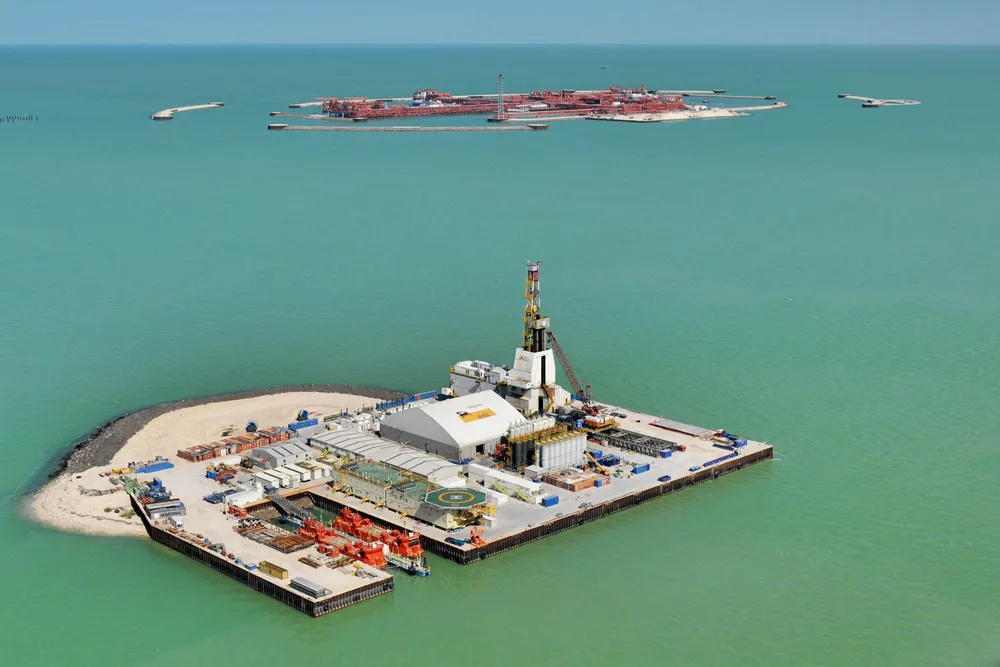Green light for controversial Caspian channel project
Decision comes as authorities in Nur-Sultan remain committed to long-term oil and gas developments in the country

Decision comes as authorities in Nur-Sultan remain committed to long-term oil and gas developments in the country
